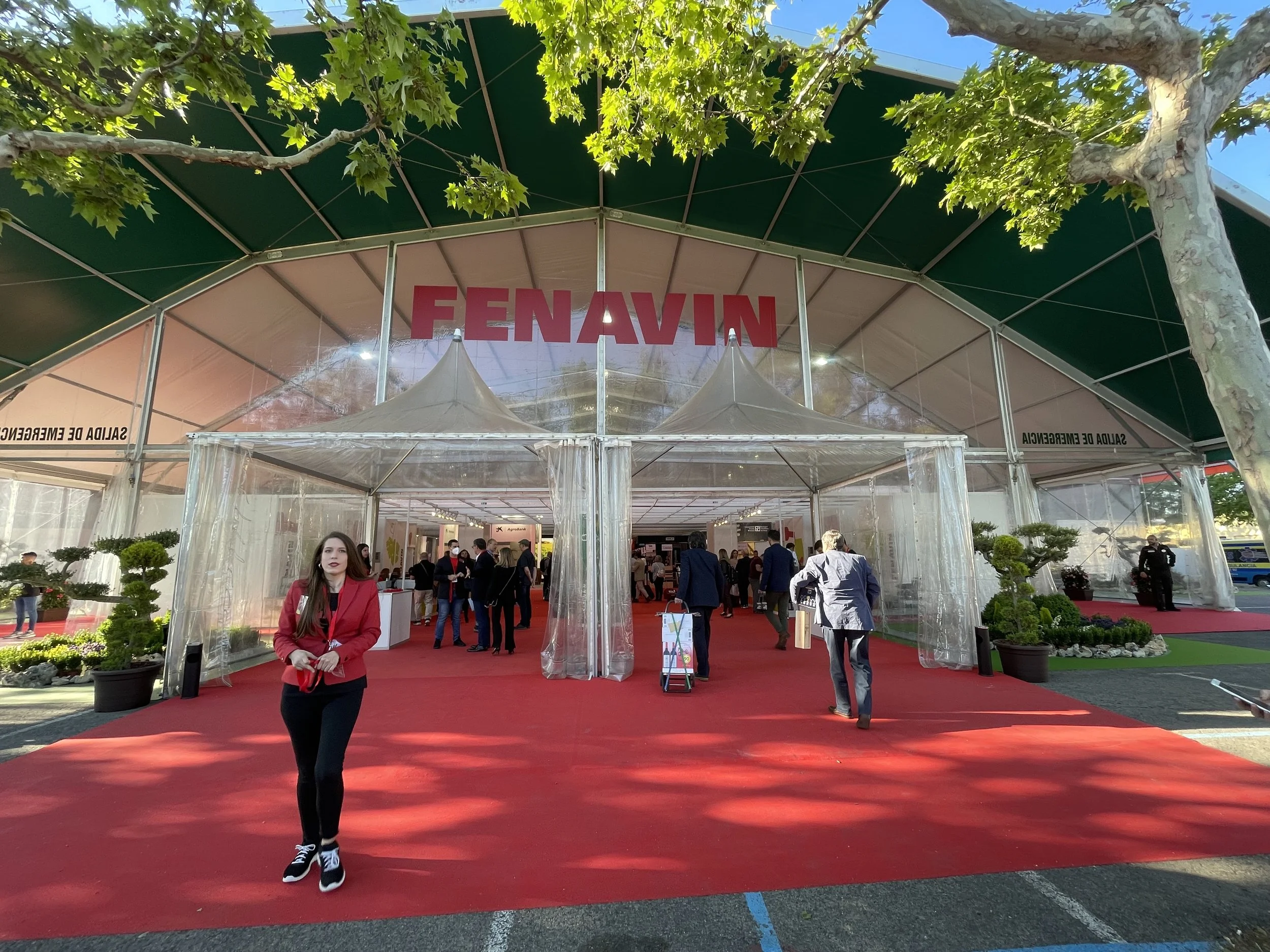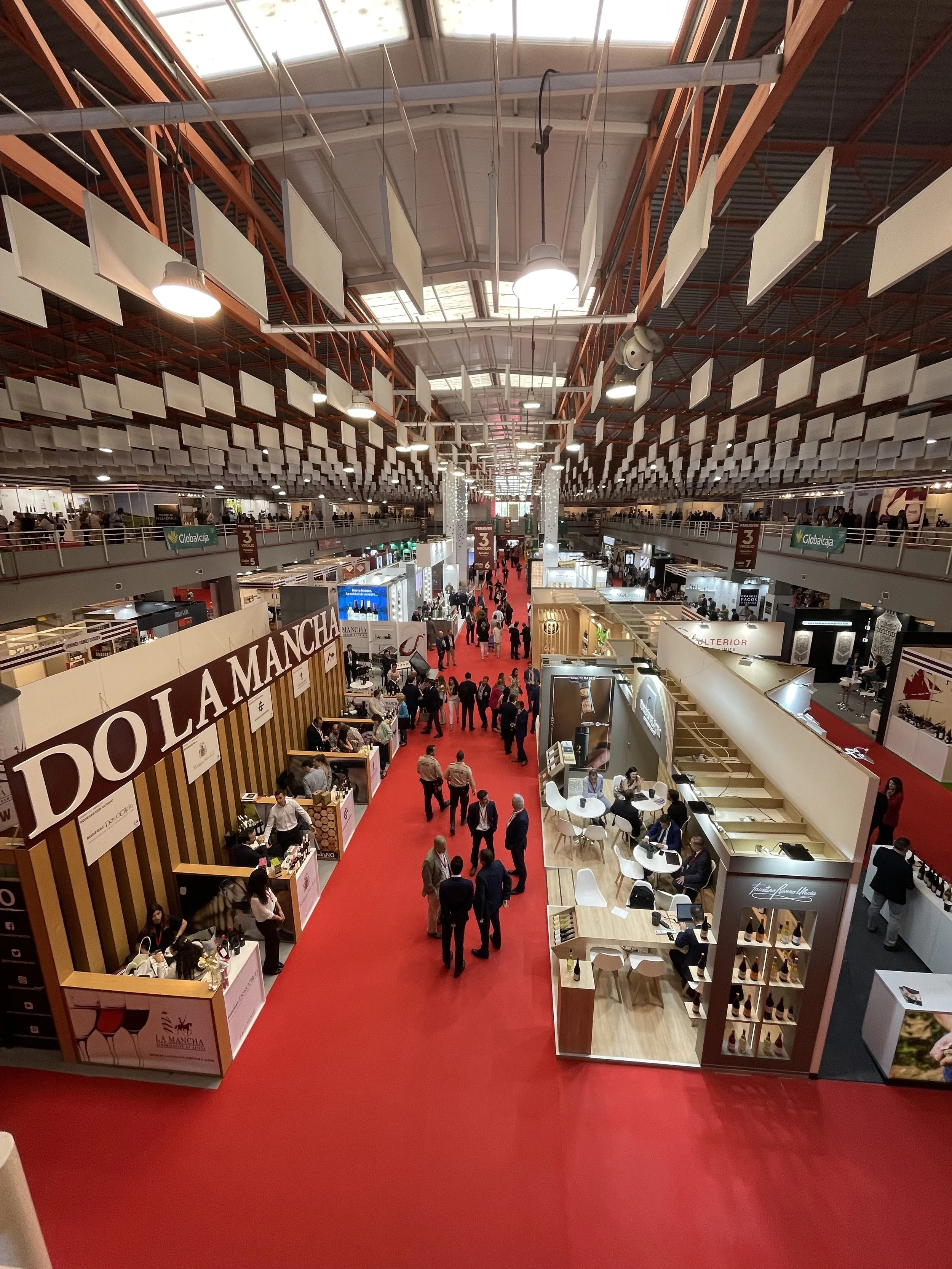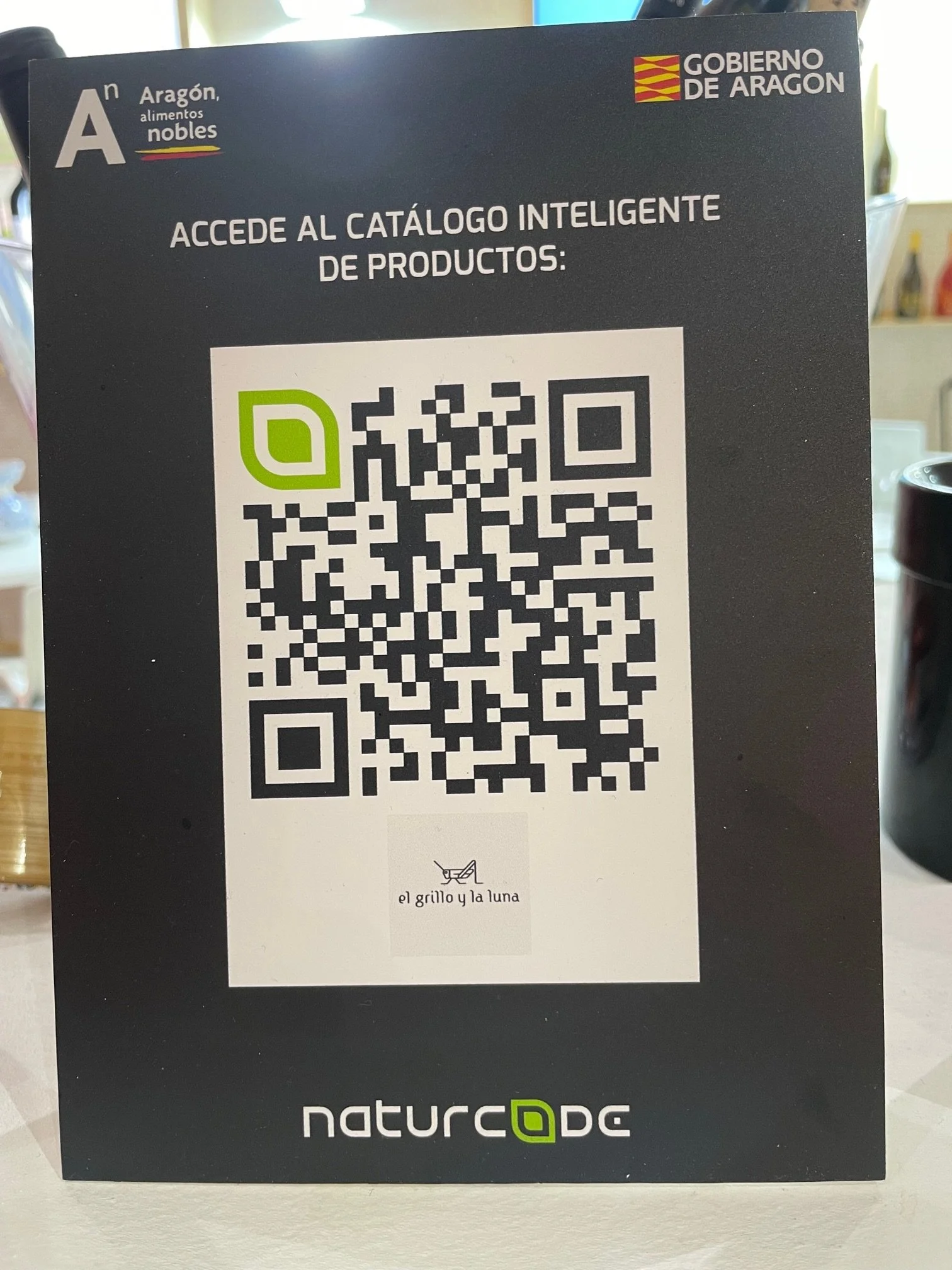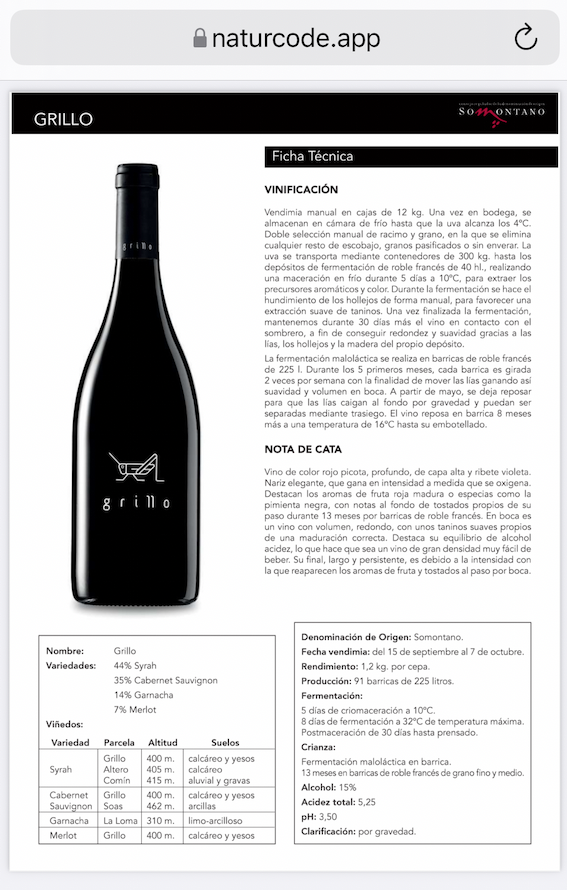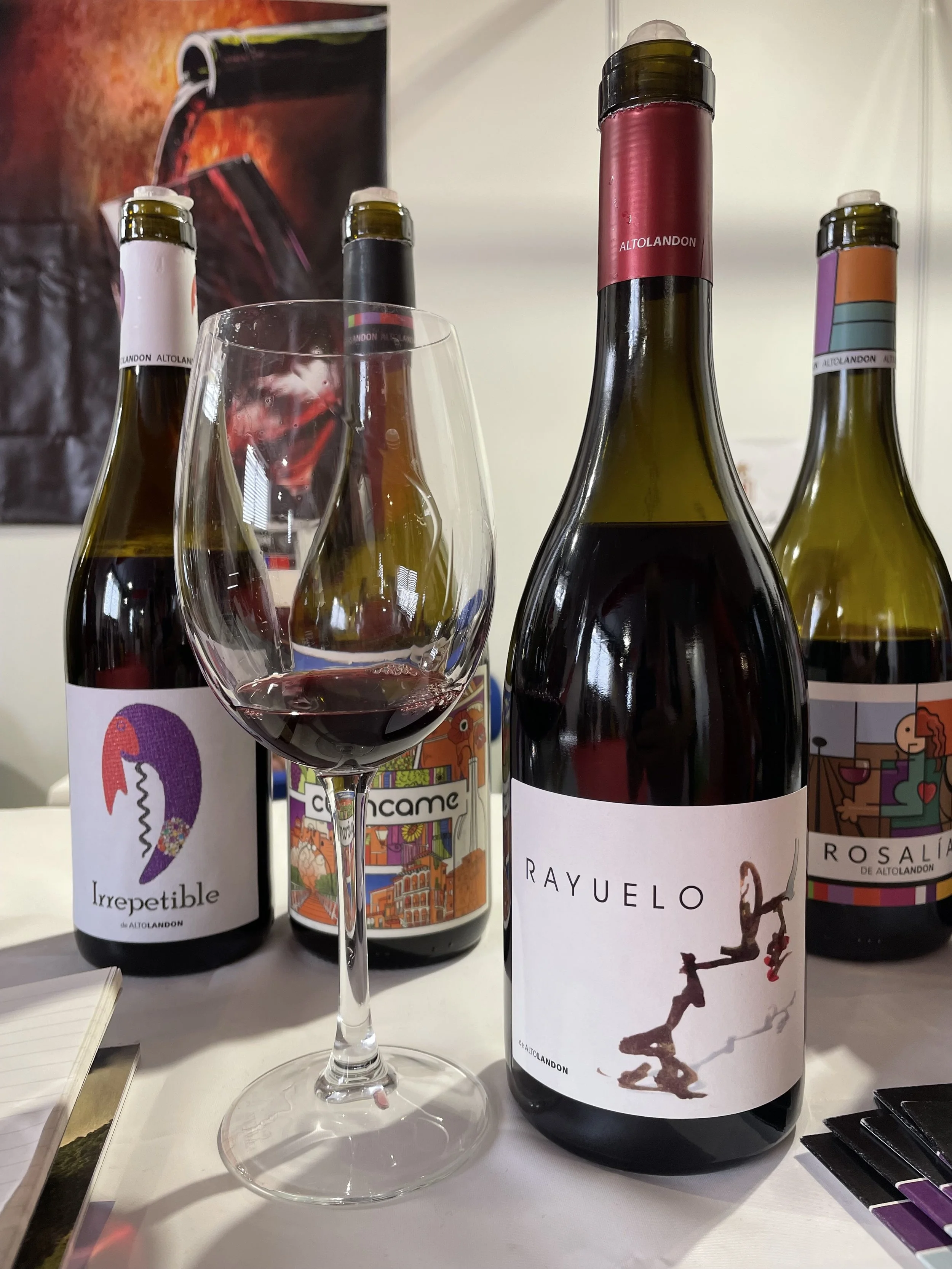Fenavin 2022: Spain’s Feria Nacional del Vino
Fenavin, Spain’s biggest national wine fair, took place in Ciudad Real from 10 to 12 May this year.
This trade fair aims to promote Spanish wine and facilitate contact between winemakers and buyers who attend from all over the world. With more than 28,000 square metres of exhibition space organised in eight pavilions, almost 2,000 bodegas and 145 DOs, the scale of the event is impossible to grasp on arrival. Basically, you have almost all of the Spanish wine world in one place for three days.
After collecting a barcoded ID badge and lanyard, you are free to wander, meet winemakers, taste their wines and engage with the DOs in their professionally designed stands.
I found the first day somewhat overwhelming. It’s easy to get lost, although that can be quite fun as you don’t know where you will end up. From the second day onward, I worked to a rough plan having identified bodegas and regions I definitely wanted to visit.
It was helpful to get some advice from Spanish Wine Collective writers who had been there before: drink lots of water, take rest breaks and make sure you spit out the wines if you want to stay functioning.
Aragón Alimentos Nobles and Naturcode
I had the privilege of being invited to Fenavin as the guest of Fernando Vázquez Rojas, the founder of Naturcode and Aragón Alimentos Nobles, the food and wine promotion branch of the government of Aragón.
The Aragón Alimentos stand showcased wines from the four Aragón DOs: Cariñena, Calatayud, Campo de Borja and Somontano.
Naturcode is the leading Spanish smart labeling platform using QR codes to enable consumers to find out more about products than what is provided on traditional labels. It currently supports more than 8,900 unique products from around 1,000 food and beverage companies.
At Fenavin, Aragón Alimentos launched a smart labelling pilot project in partnership with Naturcode. In addition to the legally required information that must appear on the labelling of Aragón wines, the QR code enables access to a range of complementary information such as technical information, tasting notes, video content about the vineyard and production methods, and opinions and evaluations from customers.
Fenavin 2022 highlights
Given its size, it would be a challenge to provide any kind of detailed overview of Fenavin. It did confirm, for me, that Spain is one of the world’s most exciting wine-producing countries.
What follows are a few short profiles of winemakers and wines that particularly impressed me.
Altolandon Organic Wines (DO Manchuela)
Based in the village of Landete in the province of Cuenca and part of DO Manchuela, Altolandon make wines from several different varieties, including Syrah, Malbec and Garnacha. But the star is the native Bobal, with which Rosalía Molina and her husband, the founders of Altolandon, are making single variety wines. I tasted the Rayuelo 100% Bobal (14%) made from 70 to 100-year-old vines at 1,100 meters above sea level. Aged for eight months in used French oak, it is bottled without any fining or filtering. Highly aromatic with notes of herbs and mature red fruits, it was quite delicious.
Bodegas Barbadillo (Sanlúcar de Barrameda)
Bodegas Barbadillo showcased their new white wine Patinegro (13%), made from organic Palomino grown in three separate pagos. The grapes are fermented separately then blended together before lees ageing for 12 months without flor in American oak casks that had previously held manzanilla.
The wine is named after the small Chorlitejo Patinegro bird (Kentish Plover) that migrates seasonally to nest on the coastal dunes of Cádiz province, and is endangered by human activity and pets who disturb its nesting sites.
This was a quite fresh and complex wine with mineral notes, a broad, creamy palate and a saline twist.
A Pie de Tierra (DO Méntrida)
My friends at Simply Spanish Wine, suggested I pay a visit to the A Pie de Tierra stand. A bodega founded in 2017 by David Villamiel, a winegrower from Méntrida, and sommelier Aitor Paul, their philosophy is "making the wine we like to drink".
These two young winemakers are committed to recovering old vines of Garnacha planted in the granitic soils around the towns of Méntrida and Aldea de Fresno (Madrid). For David it is fundamental to understand the local soil types and have minimal intervention in the bodega.
I tried both wines they currently produce from the 2018 vintage. The A Dos Manos (15%) is a vino de pueblo made with 60% whole bunch and 40% destemmed. After a long maceration and fermentation with indigenous yeasts, the wine is aged in 225 litre French oak casks for 12 months. Very agile and easy to drink, with good acidity and a lovely balance of freshness and maturity.
The Fuerza Bruta (15%) is made from 50 to 90-year-old Garnacha vines growing in sandy and degraded granite alluvial soils. Made with 100% whole bunch with stems, 50 days of maceration is followed by 12 months ageing in 1,500-litre French oak foudres. It was floral and aromatic, well-defined and precise with juicy red fruit and refreshing acidity. A really impressive Garnacha.
Bodegas Toro Albalá (DO Montilla-Moriles)
I made an extended visit to the Montilla-Moriles stand, met the director of the Consejo Regulador (the governing authority of the DO) and talked for a long time with José María Raya Trillo, the commercial director at Toro Albalá, one of the oldest bodegas in the zone.
I already knew the bodega’s iconic Fino Eléctrico, made with Pedro Ximénez grapes and biologically aged for five years under flor in the criadera and solera system. Now I had the opportunity to taste some of their prestigious older wines.
The Poley Fino Pasado En Rama 15 Años (15%) is obtained after 15 years of biological ageing. In the later years the flor begins to weaken and a period of oxidative ageing starts that makes the wine rich and complex. It had an intense aroma of yeast and almond, with a dry, complex and saline palate.
The Poley Palo Cortado En Rama 25 Años (20%) is born from butts of fino that lose the flor early on and start ageing oxidatively. An exceptional wine with an intense nose of dried citrus, baking spices and roasted nuts, and a dry, elegant and complex taste.
Bodegas y Viñedos Casa Lo Alto (DO Utiel-Requena)
Valencian winemaker Víctor Marqués described his Casa Lo Alto wines as “hyper-local”. His vino de paraje wines derive their character from the iron and limestone rich soils of Venta del Moro, a village near Valencia.
It was fascinating talking to Víctor and learning about his commitment to make wines with “maximum personality that are the opposite of modern styles.” He explained: “We are not looking for body, high levels of tannin or over ripeness.”
I tasted all three of the Víctor’s wines.
Manzán (13.5%) is 100% Bobal from three plots of very old vines. It was direct, fluid, full of energy and crunchy red fruit.
Rocha Candeal (14%) is made from Garnacha Fina, a small grape described by Víctor as “muy mediterránea”. It was floral, with aromas of crushed raspberries, and fresh with light tannins providing structure.
Most interesting was the Trena (12%) made from the native, late-ripening Tardana variety that was historically grown as a table grape and harvested in October. It had aromas of flowers and white fruits, and a brisk acidity that would make it a great wine with food.
Bodegas Cota 45 (Sanlúcar de Barrameda)
Ramiro Ibáñez, owner of the Cota 45 bodega in Sanlúcar, is an expert on the soils and history of winemaking in the Marco de Jerez. He is also a leading figure in the new wave of unfortified white wines that have attracted enormous interest in Spain and internationally.
I tasted the newly released 2021 vintages in the biologically aged UBE range: Miraflores (13%; a 100% Palomino Fino from vines from several parcels with different albariza soil types, Paganilla (12%; a 100% Palomino Fino made with grapes from the Paganilla pago), and El Reventón (13%; a new vino de parcela).
I also tried the Cortado (15%) from the Agostado range of vintage oxidative wines. This is made from 10% Palomino, 45% Perruno de Trebujena and 45% Uva Rey – both old varieties traditionally used for oxidatively aged wines.
Ramiro and his colleague Willy Pérez have revived the historic M. Antonio De La Riva brand, which once belonged to Domecq. I was given a small sip of the rare 80-year-old Oloroso Viejísimo that comes from a solera of the defunct Cuvillo & Cía bodega in El Puerto de Santa María. A quite exceptional wine with an intense nose, and a complex and persistent taste. An unforgettable experience.

